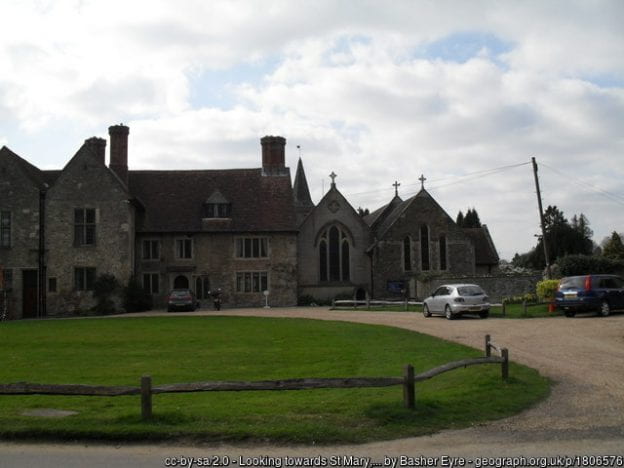Content warning: infant death
Carrying on the occasional posts relating to medieval ideas about the foetus, and about pregnancy (you can follow back from here to see earlier ones, should you so desire), here is an accusation within an accusation, which might have a couple of things to say to us on this topic.
There is an entry on the King’s Bench plea roll for Michaelmas term 1412 (KB 27/606 m. 20d – here via AALT – which concerns an alleged piece of malicious prosecution, in which a group of people, including Thomas Morle and his wife, Elizabeth, accused John Cokkes and others of having taken the opportunity of Thomas’s absence on business in Bristol to break into his house in Milverton, Somerset, drag Elizabeth, who was pregnant, out by the legs and then beat her up. This beating was said to have injured her ‘so that her life was despaired of’, a detail so common as to be ‘boilerplate’. Far from ‘boilerplate’, however, was the elaboration of the damage said to have been caused: some time after this, she gave birth to her twins, who were severely injured by the beating (the back of one, and the legs of the other being broken), and died shortly after they were born. For good measure, perhaps, it was also alleged that a significant amount of property had been taken from the house, and that there had been threats against Thomas and Elizabeth, so that they dared not go about their business.
Back to the pregnancy/foetus/newborn angle, however … let’s note some interesting aspects of this…
- Language
There is a ‘backdating’ of terminology here: before the birth, the twin foetuses are described using a word usually associated with post-birth life: infans. They are infantes in utero suo existentes. This does give a sense of blurring of pre- and post-birth life, I would say.
- Ideas about gestation
This may not be terribly surprising, except to those who have seen the sometimes preposterous ideas about the length of human gestation in later cases on adulterine bastardy, but medieval people had an idea of the right length for a pregnancy – and it was said that the twins were born before their time. It would be nice to know if they had any idea about how a multiple pregnancy would affect length of gestation, or likelihood of survival, but, of course, that would be expecting a lot of such records.
- Suggestion of post mortem examination
We know from coroners’ records that there could be an examination and description of a deceased baby or foetus, at least in terms of size, but this seems to suggest some touching and feeling to ascertain that bones were broken, which is grimly informative.
- ‘Spin’ strategy
We cannot, of course, know what was the truth of this tale. Was it a complete fabrication, entirely true, or something in between? If it was made up, then we must assume that throwing in the details about the damage to the foetuses, and loss of viable foetuses, would have been seen to make John Cokkes and his associates look more culpable. So – not something confirming ‘personhood’ in the foetus, by any means, but certainly suggesting value.
GS
8/6/2024









